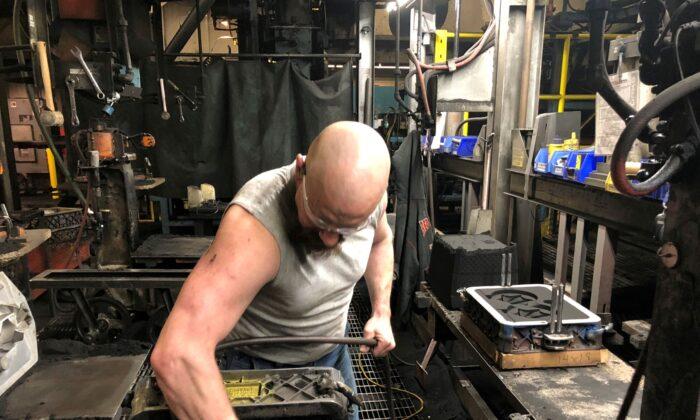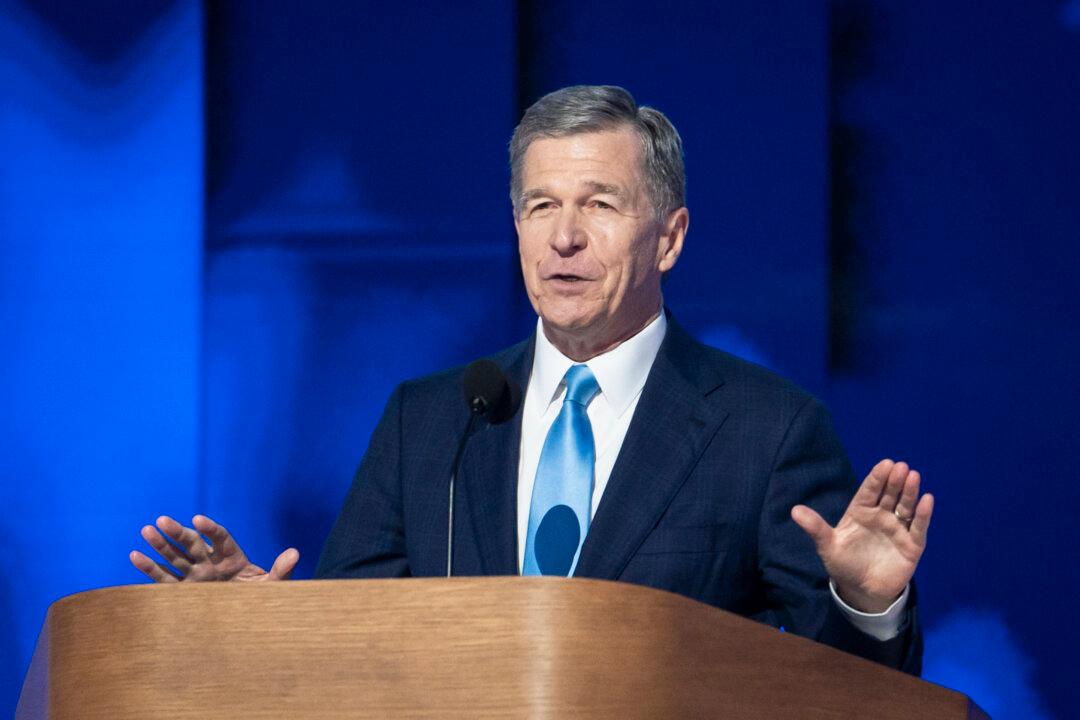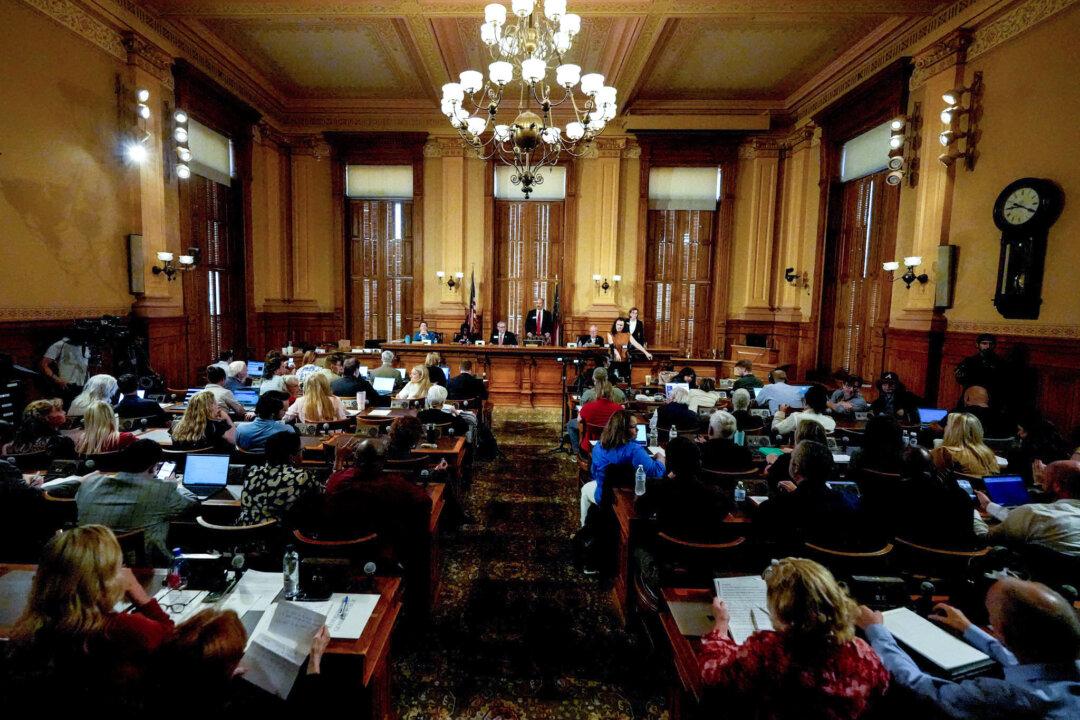The U.S. economy expanded at an annualized pace of 6.9 percent in the final quarter of 2021, sharply higher than consensus forecasts of 5.5 percent, fueled in part by a buildup of inventories and solid consumer spending.
Increases in private inventory investment, personal consumption expenditures, exports, and nonresidential fixed investment drove GDP higher. These gains were partly offset by decreases in federal, state, and local government spending.
Inventories, which rose at an annual rate of $173.5 billion in the fourth quarter, added 4.9 percentage points to the fourth-quarter GDP growth number.
Surging inflation, which in the year through December hit a multi-decade high of 7 percent, has prompted the Federal Reserve to accelerate the pace of dialing back its loose monetary settings. Fed Chair Jerome Powell struck a hawkish note on Jan. 26, telling reporters after a two-day policy meeting that officials are looking at March to begin boosting interest rates in a bid to tame runaway prices.
He also made clear the Fed intends to increase rates several times this year.
Personal consumption rose 3.3 percent in the final quarter and 7.9 percent for all of 2021, Commerce Department figures show.
Still gripped by the pandemic and squeezed by inflation, the U.S. economy is expected to slow this year.
The International Monetary Fund recently downgraded its outlook for U.S. GDP growth to 4 percent for all of 2022, a sharp downgrade from the October forecast of 5.2 percent.





